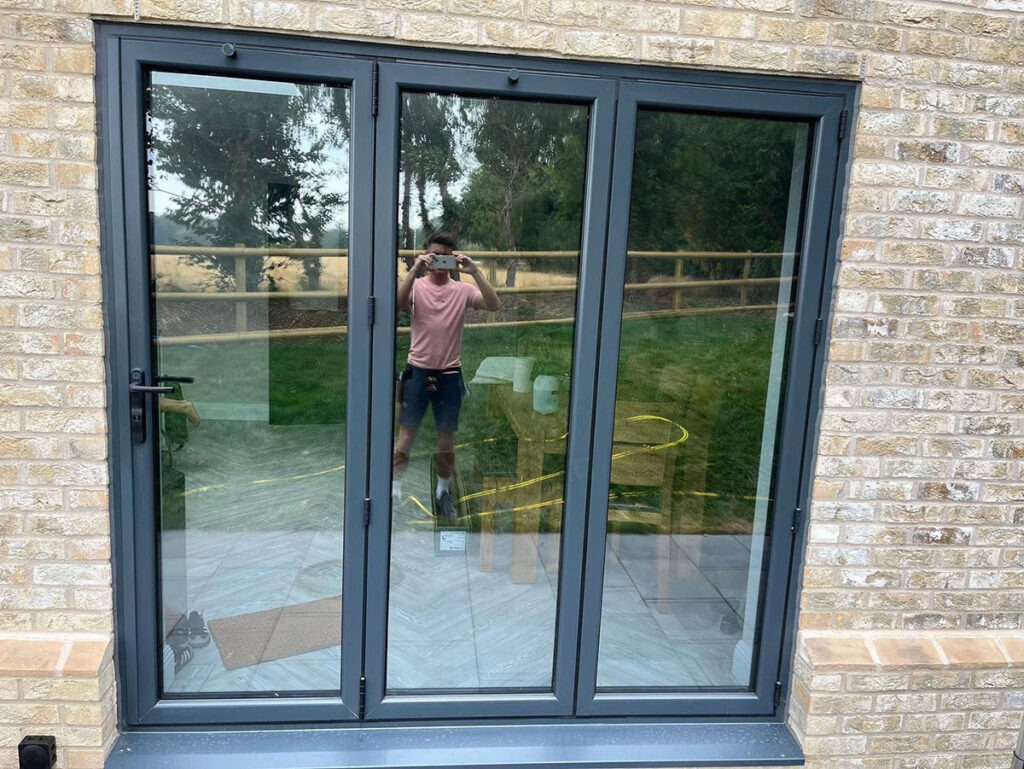Windows have a large impact on the energy performance of a building. During the last decade window technology has seen more dramatic changes and significant advances than any other building technology (Muneer, et al., 2000). The innovation in glass properties and performance attributes has made it possible for the architectural window to fulfill its role without adverse impact on building occupants and owners (Selkowitz, 1999). New window technology could improve the comfort and performance of building occupants, add value and reduce energy costs for building owners, and assist in global efforts to reduce greenhouse gas emissions that contribute to global warming (Carmody, et al., 2004).
One important window technology is thin film coatings which can be applied to window glasses for solar control and energy-saving purposes (Chaiyapinunt, et al., 2005; Correa and Almanza, 2004; Li, et al., 2004). Film coatings in glass windows of buildings have been used extensively to control the entrance of solar radiation. In warm regions, it is believed that by controlling the entrance of solar radiation through the windows in a spectrally selective manner, it is possible to use less energy in air conditioning and enhance the comfort level inside the rooms (Durrani, et al., 2004). For existing buildings, in particular, many of the solar control benefits of tinted, reflective and low-e (low-emissivity) glass are available by applying window films to existing windows.
This research investigates the properties of thin films and their application in energy-efficient windows. The thermal, solar, visual and daylighting performance of window glass with thin films are examined. The energy and economic impacts of applying thin films are assessed through analytical and simulation methods. It is hoped that better understanding about the application of thin films to windows can be developed for promoting energy efficiency in buildings.








